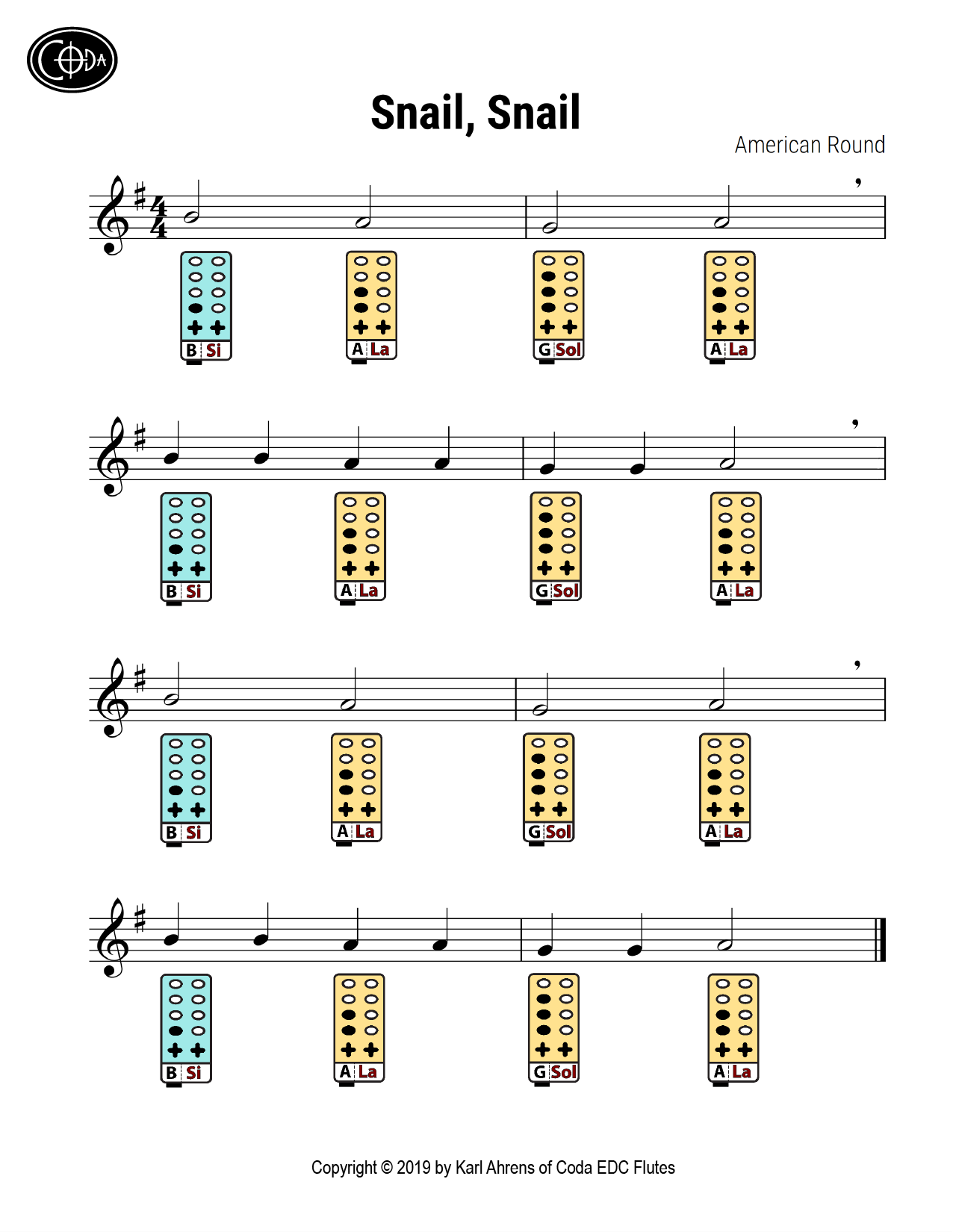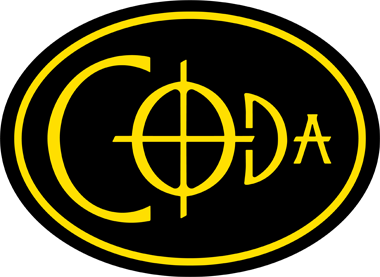Congratulations again! You’re reaching the end of Unit 1. And you’re learning to read music. Bravo!
Try this challenge before you do “the usual” with this song.
Before you listen to the audio of Snail, Snail…
First chant it.
Guiding yourself by the music notation, slowly CHANT Snail, Snail with your voice: “Too, Too, Too, Too…”
I say chant because you’ll only sing the B note. How do you know how to chant a B note? Play a B on Coda first. You’re using Coda as a pitch pipe to guide your voice.
Then sing it.
Follow the music notation to SING Snail, Snail: “Too, Too, Too, Too…”
When you chanted, you used just one pitch. (Chanting is more monotonous.) Now you’ll sing all three pitches: B, A, and G. Again, use Coda as a pitch pipe as needed.
How did it go?
Written music is a beautifully simple language, and it translates to any musical instrument capable of playing a melody. Little by little, as your music reading skills improve, you’ll be able to hear, or at least “figure out,” songs in your head just by looking at the music notation, even before you raise your instrument to your lips.
Of course, it will be your job to breathe life and beauty into those symbols on the page.
And now, with no further ado…
- Listen to the audio a few times and follow the music notation with your eyes.
- While listening to the audio and reading the music notation, tap your foot to the beat and sing along (“Too, Too, Too…”).
- Without the audio, play the song on Coda, very slowly at first, reading the music notation.
- When ready, play along with the audio.
Your next assignment will be Rhythm Practice, Unit 2.
Of course, always go back and practice previous songs. Even though the songs have been very simple so far, aim to play them beautifully and confidently. Use the two-minute method. Play songs by heart, whenever you have two minutes. You’ll be amazed at how fast you make progress that way!
Snail, Snail





